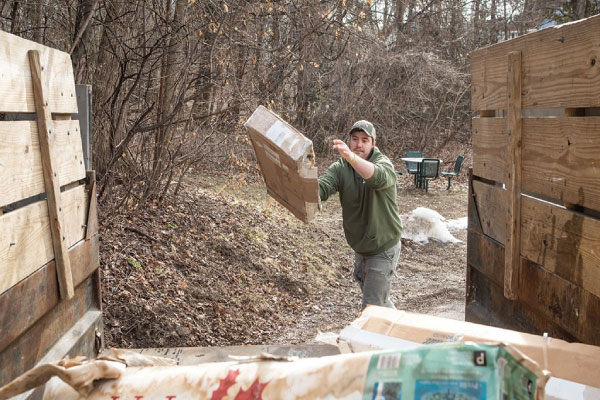Governor Phil Scott today signed new legislation into law strengthening Vermont’s captive regulation in a variety of areas. This year’s bill proposed several updates to Vermont’s leading captive law, including modifications to the captive examination schedule and improvements to the statute governing group captive investments. The many enhancements included in this year’s bill highlight the commitment of the Scott Administration and the Legislature to ensure its captive law remains the industry gold standard.
“Part of what makes Vermont a leading domicile for captive insurance is our work to continuously modernize our regulations in this area,” said Governor Scott. “Captive insurance is a highly competitive sector and my Administration is pleased to continue to work collaboratively with the Legislature to ensure our captive law keeps pace with the fast-changing needs of the industry.”
Among the many updates included in this year’s captive bill are tweaks to Vermont’s captive examination schedule. The new law will change the schedule from once every three years (which can be extended to five years) to not less than every five years. The commissioner of DFR retains the authority to examine companies whenever deemed necessary.
“This will better reflect the state’s current practice of prioritizing examinations based on an assessment of the company’s risk,” said Deputy Commissioner of Captive Insurance Dave Provost. “I believe the captive industry will welcome this move, along with other updates included in the bill.”
Vermont’s new law also modernizes flexibility in investments by allowing companies the ability to either adhere to current investment rules or develop their own plan for approval by DFR.
“For certain captives, the old law required companies to follow prescriptive, often strict investment statutes,” said Director of Financial Services Ian Davis. “This move will allow Vermont statutes to keep pace with the rapid changes in the investment environment.”
“As we have for many years, we worked collaboratively with the Department of Financial Regulation to develop a consensus bill that will help grow our industry while maintaining our state’s prudent regulatory standards,” said President of the Vermont Captive Insurance Association Richard Smith. “We are grateful for the continued support from Governor Scott and that of the state legislature.”
Additional changes include clarifying the definition of an independent director, requiring National Association of Insurance Commissioners (NAIC) statutory accounting for affiliated reinsurance companies and a specific inclusion of sole proprietorships among eligible businesses to be cell participants. Importantly, the bill also allows captives to now use any organizational form permitted by Vermont law, ensuring the captive statute will automatically stay current when future changes occur.
A summary of the changes in the law include the following:
- Dividends & Distributions: Amends statute to clearly identify nonprofit incorporated protected cells as eligible for dividends or distributions with commissioner approval.
- Captive Formation: Allows captives to use any organizational form permitted by Vermont law. This includes sponsored cell captives and the incorporated cells within.
- Attorney-in-Fact Bond: Allows the commissioner to exempt the attorney-in-fact from the bonding requirements under specific circumstances.
- Examinations: Modifies the examination schedule to “five years or more frequently as needed.”
- Investments: Provides flexibility in investments by giving companies the option to develop their own investment plan for DFR approval.
- Sole Proprietorships: Specifically includes sole proprietorships as eligible business to be cell participants.
- Accounting Standards for Affiliated Reinsurance Companies (ARCs): Requires NAIC statutory accounting for ARCs.
- Risk Retention Groups (RRGs) Independent Directors: Clarifies the governance standards for risk retention groups, specifically the definition of Independent Director.
- Own Risk and Solvency Assessment (ORSA): Applies subchapter 7A of chapter 101 ORSA to RRGs.
For more information on Vermont’s captive industry, visit www.vermontcaptive.com.




